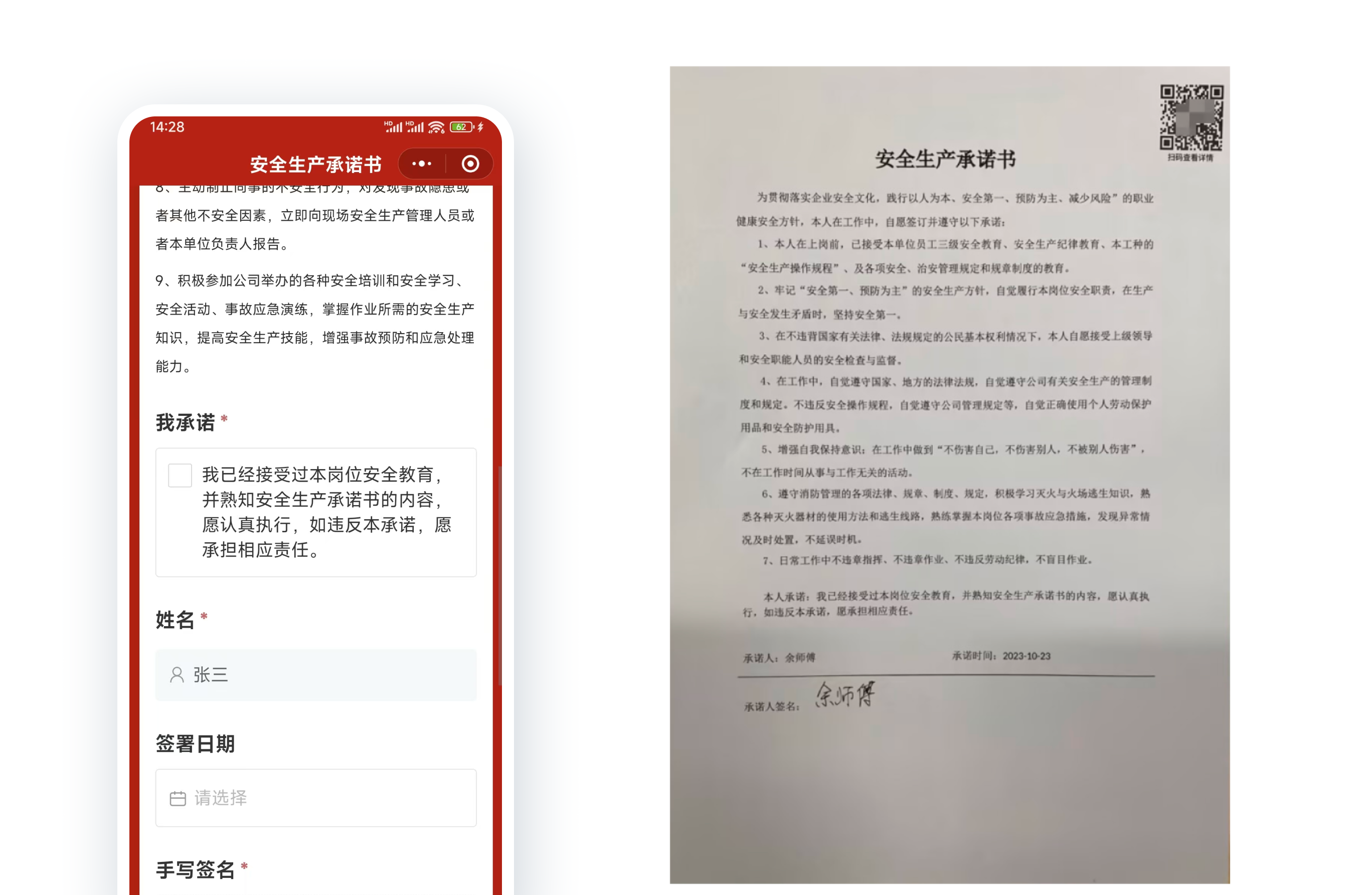Effective Practices for Enterprise Safety Production Training
Original article: https://cli.im/article/detail/2323
In November 2024, a company was fined 12,000 RMB due to an accident caused by untrained new employees who failed to complete 24-hour safety training. This case serves as a wake-up call for enterprise managers - safety training is not superficial formality but a survival baseline. That same month, China Emergency Management News highlighted Binzhou City's digital transformation of safety training through "four-chain integration", revealing a crucial trend: enterprise safety training is evolving from manual supervision to data-driven management.
This article explores the necessity of safety training and shares insights on building an effective safety training management system.
I. Why is Safety Training Critical?
1. Accident Prevention
Manufacturing environments contain inherent risks - equipment failures, chemical leaks, and electrical hazards. Safety training equips employees with proper operation protocols and emergency response skills. For instance, PPE usage guidance and Lockout/Tagout (LOTO) procedures form essential safeguards. Systematic training significantly reduces accident probabilities.
2. Legal Compliance
China's Work Safety Law mandates employee safety education with complete training records. High-risk industries face stricter requirements - special operations personnel must obtain certifications through specialized training and periodic reviews. Non-compliance risks fines, production suspension, or even criminal liability.
3. Emergency Response Enhancement
Training teaches employees to handle emergencies like fires or chemical spills. Skills such as fire extinguisher operation, CPR, and organized evacuation can be life-saving in crises.
4. Operational Continuity Assurance
While training requires investment, its returns are substantial. Standardized operations reduce accident-related downtime costs. One manufacturer achieved 65% fewer violations and productivity gains through smart training integrated with equipment access control.
II. Building Safety Culture & Compliance Systems
1. Tiered Training System
Tailor training by roles:
- New employees: 24/72-hour orientation with three-tier education (plant/workshop/team levels)
- Special operations personnel: Certification-focused training with periodic reviews
- Management: Legal compliance and risk prevention mechanism training
2. Effective Knowledge Retention
Make safety practices instinctive through:
- VR simulations: 60+ industry safety animations with immersive accident scenarios
- Localized content: Dialect-based training videos for better comprehension
- Case studies: Compilation of real accident cases for emotional impact
- Assessments & drills: Mandatory post-training tests (≥80% pass rate) and bi-annual emergency drills
3. Technology Integration
- QR codes for training material access with real-time progress tracking
- Facial recognition attendance systems to prevent proxy sign-ins
4. Cultural Development
Foster collective responsibility through:
- Safety knowledge competitions
- Hazard identification reward programs
- "Safety Star" employee recognition initiatives
III. Cost-Effective Safety Training Solutions
QR code solutions offer accessible, low-cost implementation adopted by manufacturers like Light Aviation, Shanxi Coking Coal, and Huanghe Xinye:
1. Training Attendance Tracking
Create anti-fraud QR codes with GPS verification:
- Instant mass check-ins
- Real-time backend data synchronization
- Blockchain-backed records
Create Free Training Check-in QR Code
2. Learning Material Distribution
Centralize safety materials via QR codes:
- Courseware access
- Learning progress monitoring
- Embedded knowledge tests
Create Free Learning Record QR Code
3. Digital Commitment Letters
Replace paper forms with blockchain-notarized digital signatures:
- Mobile-friendly signing
- Tamper-proof records
Create Free Commitment QR Code
4. Safety Education Campaigns
Digitize safety knowledge dissemination:
- Multimedia content delivery
- Permanent digital archives
